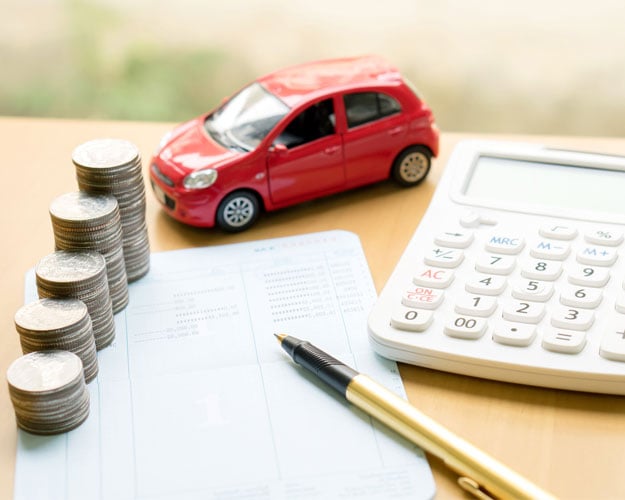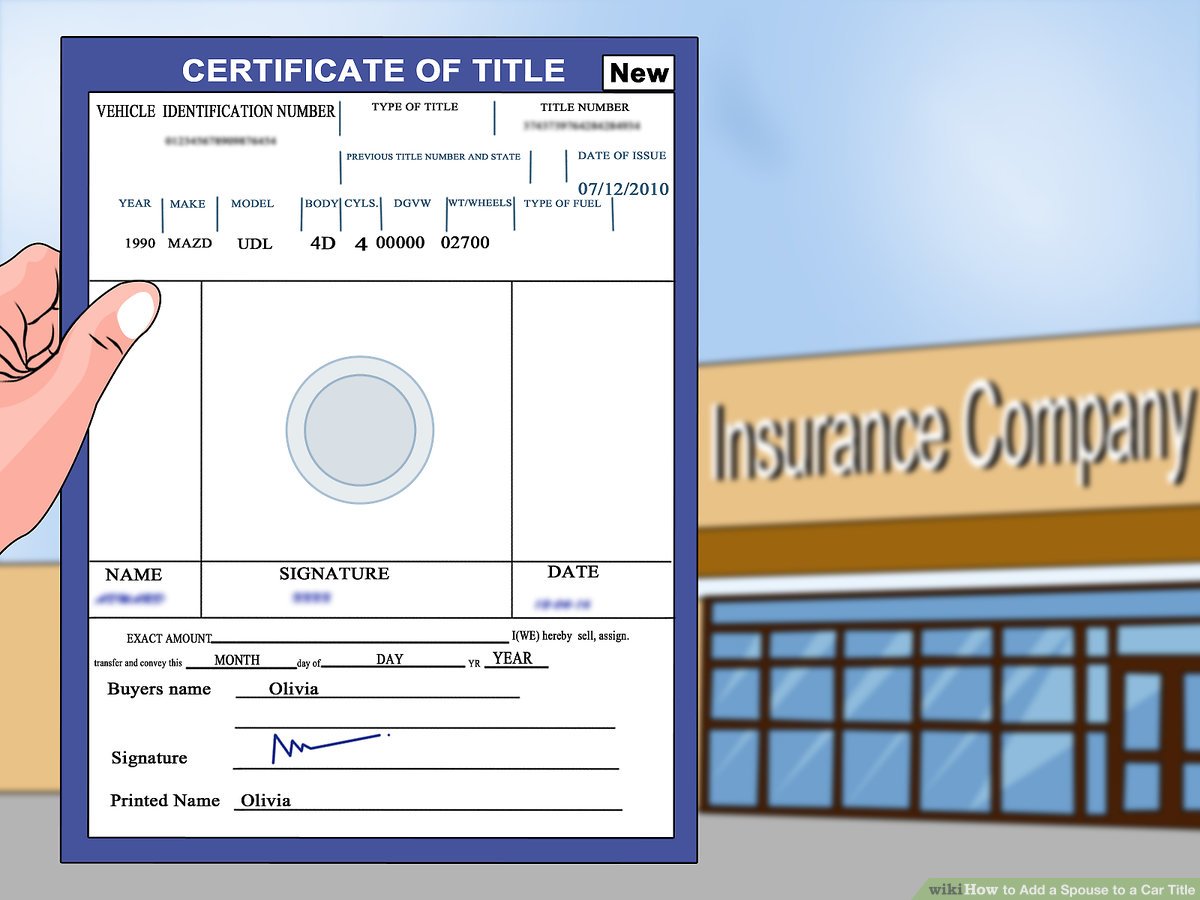How to Calculate Personal Use of Company Car
Calculate personal use of a company car by tracking personal miles driven and applying the IRS mileage rate. Alternatively, use the annual lease value method provided by the IRS.
Calculating the personal use of a company car is essential for both tax reporting and reimbursement purposes. It’s a straightforward process that requires diligent record-keeping. Employees who use a company car for non-business purposes must report this usage as a fringe benefit for tax reasons.
Employers typically choose between the Standard Mileage Rate method, which multiplies the personal miles driven by the IRS’s standard rate, and the Annual Lease Value method, which is based on the vehicle’s fair market value. By maintaining accurate logs of personal and business use, employees and employers can ensure compliance with tax laws and avoid potential legal issues. Keeping these records updated simplifies the process come tax time, providing clear-cut figures to report.
Introduction To Personal Use Of Company Cars
Imagine driving to work without worrying about car payments or maintenance costs. That’s one perk of a company car. Yet, calculating the personal use of a company vehicle can be confusing. Let’s demystify this and explore how personal and business usage intersects.
The Concept Of Personal Use Versus Business Use
Understanding the line between personal and business use is crucial. A trip to a client is business; a detour to the grocery store is personal. To keep everything clear:
- Log every trip with its purpose.
- Differentiate commutes from business travel.
- Know the IRS rules for documentation.
Benefits And Responsibilities Of Having A Company Car
With a company car comes great perks. There’s no need to buy a car or pay for insurance. Maintenance costs are covered too. Yet, each benefit has a twin responsibility:
| Benefit | Responsibility |
|---|---|
| Free Fuel | Track personal miles |
| Insurance Paid | Report any damage immediately |
| No Maintenance Costs | Schedule regular check-ups |
Understanding these aspects eases the calculation of personal use. It ensures compliance with both company policies and tax laws.

Credit: www.patriotsoftware.com
Determining The Value Of Personal Use
Knowing how to calculate personal use of a company car is vital. It assures tax compliance and helps manage finances efficiently. The value of personal use depends on the chosen calculation method.
Standard Mileage Rate Method
The standard mileage rate method is straightforward.
- Track miles driven for personal use.
- Multiply these miles by the IRS standard rate.
This rate changes yearly, so check for updates. The total is the value of personal use.
Lease Value Method
The lease value method uses annual lease value tables provided by the IRS.
- Find your vehicle’s fair market value on the table.
- Multiply this by the percentage of personal miles.
For exact annual lease values, the IRS Publication 15-B is the guide.
Cents-per-mile Method
The cents-per-mile method is another option.
- Ensure your vehicle’s fair market value does not exceed the IRS maximum.
- Use the IRS-provided cent-per-mile rate for the tax year.
- Multiply personal miles by this rate.
The result reflects the personal use value.
Record-keeping Essentials For Personal Use
Keeping track of personal use of a company car ensures correct tax reporting and compliance. Good records are key to distinguishing between business and personal use, avoiding penalties, and simplifying tax preparation. Let’s explore the essentials of recording personal use for tax and reporting purposes.
Importance Of Accurate Mileage Logs
Accurate mileage logs are crucial for tax deductions. They serve as proof of the business use of a company car. Without them, personal use can’t be separated from business trips. Keep logs daily for best results. Be sure to document the date, destination, purpose, and miles driven for every trip.
- Date: Record the day the trip took place.
- Destination: Note the starting point and destination.
- Purpose: Describe the reason for the trip.
- Miles Driven: Write down the odometer readings.
Apps And Tools To Track Vehicle Use
Technology makes mileage tracking simple and less time-consuming. Numerous apps and tools automatically track miles as you drive. They categorize trips as ‘personal’ or ‘business’ with a single tap. Consider these popular options:
| App/Tool | Features |
|---|---|
| MileIQ | Automatic mileage logging with easy classification. |
| Everlance | Tracks trips and links expenses for comprehensive reports. |
| TripLog | Detail-rich reports suitable for tax preparation. |
Retaining Receipts And Other Documentation
Besides mileage, save all receipts related to your company car use. This includes fuel, maintenance, parking, and tolls. Keep documents for at least three years, as required by the IRS.
- Store receipts in a safe place.
- Digitize receipts with scanning apps for added security.
- Maintain a detailed log linking receipts to business trips.
Organize documents by date and category. A tidy record system speeds up tax filing and audit responses. By faithfully logging miles and expenses, you safeguard against tax issues and maximize deductions for personal use of a company car.
Calculating And Reporting Tax Implications
When you use a company car for personal purposes, it’s essential to understand the tax implications. Employers must calculate the value of personal use because it’s considered a taxable fringe benefit. Employees need this information for their tax records. This section will simplify the seemingly complex process of calculating and reporting personal use of a company car to the IRS.
Personal Use As A Taxable Fringe Benefit
- Establish the annual lease value of the vehicle using IRS tables.
- Track personal miles vs. total miles driven in a logbook.
- Multiply the annual lease value by the percentage of personal miles to find the taxable amount.
- Add fuel costs if the employer covers them for personal use.
The Annual Lease Value (ALV) method provides a clear framework to calculate this benefit.
Reporting To The Irs: W-2 And Other Forms
- Report the calculated value of personal use in Box 1 of the employee’s W-2.
- Include this value in Boxes 3 and 5, if applicable.
- Provide Form 1099-MISC if the user isn’t an employee.
- Form 941 or Form 944 needs the information for employer tax filings.
Ensure correct form filing to avoid penalties. Incorrect or missing entries may trigger IRS scrutiny.
State-specific Considerations And Regulations
| State | Personal Use Taxability | Documentation Required |
|---|---|---|
| California | Subject to state income tax | Mileage log needed |
| Florida | No state income tax | Records still important for audits |
| New York | Taxed as income | Detailed usage record required |
Understanding state guidelines ensures compliance with regional tax laws. Different states in the US have distinct rules for taxing personal use of company vehicles. Consult local tax experts for advice.
Avoiding Common Mistakes
Understanding the proper way to calculate personal use of a company car saves both time and money. Many people overlook key aspects and make mistakes that have financial consequences. This section will guide you through avoiding these errors.
Common Misconceptions About Personal Use
It’s easy to get the rules wrong about what counts as personal use. One common mistake is thinking all commuting is business-related.
- Only trips for business tasks count as work use.
- Driving to and from work is usually personal use.
- Mixed trips need careful separation into personal and business miles.
Consequences Of Misreporting Or Non-compliance
Misreporting car use leads to trouble. Tax issues and penalties can arise.
| Mistake | Consequence |
|---|---|
| Underreporting | Back taxes and fines |
| Overreporting | Unnecessary higher taxes |
| Ignoring rules | Legal and financial repercussions |
Tips For Accurate And Efficient Calculation
For correct calculation, keep these points in mind:
- Keep detailed logs of mileage for every trip.
- Use apps or devices to track miles accurately.
- Apply the correct tax rules to separate personal and business use.
- Review records regularly to avoid year-end surprises.
By following these tips, you safeguard against errors in reporting personal car use. This practice ensures peace of mind and legal compliance.

Credit: www.eidebailly.com
Practical Examples And Case Studies
Understanding how personal use of a company car impacts tax liabilities is essential. Let’s explore real scenarios. This helps to see the theory in action. We will break down calculations using different methods.
Scenario Analysis For Different Methods
Comparing IRS-approved methods for calculating personal use of company cars illuminates the tax implications. Two popular methods are:
- Annual Lease Value (ALV) Method
- Cents-Per-Mile (CPM) Method
Imagine a car with an ALV of $8,500 and 15,000 total annual miles. Let’s say 5,000 miles qualify as personal use. Here, personal use value is $2,833.33 ($8,500 (5000/15000)).
With the CPM method, assume the standard rate is 56 cents per mile. The personal use value will be $2,800 (5,000 miles $0.56).
Real-life Examples Of Personal Use Calculations
In the real world, each employee’s situation differs. John Doe, for example, drives a company car for both personal and business travel. He keeps a detailed mileage log. Sarah Lee uses her company truck for weekend trips. She utilizes the CPM approach. For both, tax reporting varies based on their personal mileage records.
| Employee | Total Miles | Personal Miles | Method | Personal Use Value |
|---|---|---|---|---|
| John Doe | 18,000 | 6,000 | ALV | $3,400 |
| Sarah Lee | 15,000 | 5,000 | CPM | $2,800 |
Lessons Learned From Case Studies
Case studies highlight the importance of record-keeping. One employee failed to maintain logs and faced tax penalties. Accurate records led to clear, defensible calculations.
- Keep accurate mileage logs.
- Know the methods: ALV and CPM.
- Choosing the right method saves money.
- Consult a tax professional.

Credit: tax.thomsonreuters.com
Frequently Asked Questions For How To Calculate Personal Use Of Company Car
What Is Personal Use Of A Company Car?
Personal use of a company car refers to any usage of a corporate vehicle by an employee for non-business related activities. This can include commuting, errands, or family trips. It’s distinct from business use, which is for company purposes.
How Do You Calculate Personal Use Of Company Car?
To calculate the personal use of a company car, you must determine the annual lease value of the vehicle, multiply it by the personal miles driven, and then apply the appropriate inclusion rate. Record-keeping is essential for accuracy.
Are There Tax Implications For Personal Use Of Company Car?
Yes, personal use of a company car can have tax implications. The value of the use is often considered a fringe benefit and can be subject to federal and state income tax, as well as Social Security and Medicare taxes.
What Records Are Needed For Calculating Personal Car Use?
Accurate records are crucial for calculating personal use of a company car. You’ll need logged miles, distinguishing between business and personal trips, the dates of each use, and the purpose of the trips. Keep receipts for expenses as well.
Conclusion
Knowing the personal usage of a company car is vital for both tax purposes and fair workplace practices. By following the simple steps outlined in this post, you can accurately determine the value of your personal mileage. Remember, clear records and a consistent method are your best allies.
Take control and drive ahead with confidence in your financial journey.






